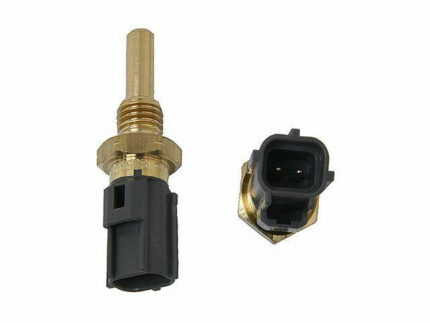Description
CO2 monitors are essential devices designed to measure the concentration of carbon dioxide in indoor environments, providing crucial data for maintaining air quality and ensuring a healthy living or working space. These monitors function by utilizing various sensors to detect CO2 levels, often displaying real-time readings that help users understand the air quality in their surroundings. High levels of carbon dioxide can indicate inadequate ventilation, which may lead to discomfort, health issues, and decreased cognitive function. Thus, CO2 monitors are particularly valuable in settings such as schools, offices, and homes, where people spend significant amounts of time indoors.
The rise in awareness of indoor air quality has heightened the demand for CO2 monitors, particularly in light of recent global events that have emphasized the importance of ventilation and air exchange in preventing the spread of airborne pathogens. Modern CO2 monitors often come equipped with additional features, such as temperature and humidity sensors, and connectivity options that allow data to be accessed remotely via smartphone apps or integrated into building management systems. This integration facilitates real-time monitoring and enables users to take proactive measures to improve air quality, such as adjusting ventilation systems or opening windows to increase fresh air flow.
Investing in a CO2 monitor not only helps in maintaining a healthy environment but can also contribute to energy savings. By optimizing ventilation based on CO2 levels, buildings can reduce unnecessary heating or cooling, leading to lower energy consumption and costs. As research continues to underline the significant impact of air quality on overall health and productivity, CO2 monitors are becoming a staple in both residential and commercial settings, underscoring their importance in the quest for healthier indoor environments.





















